Castillo de Alcaudete in Jaen province was one of the most fought over castles for over 400 years
By Nick Nutter | Updated 4 Jun 2023 | Jaén | Places To Go |
Login to add to YOUR Favourites or Read Later
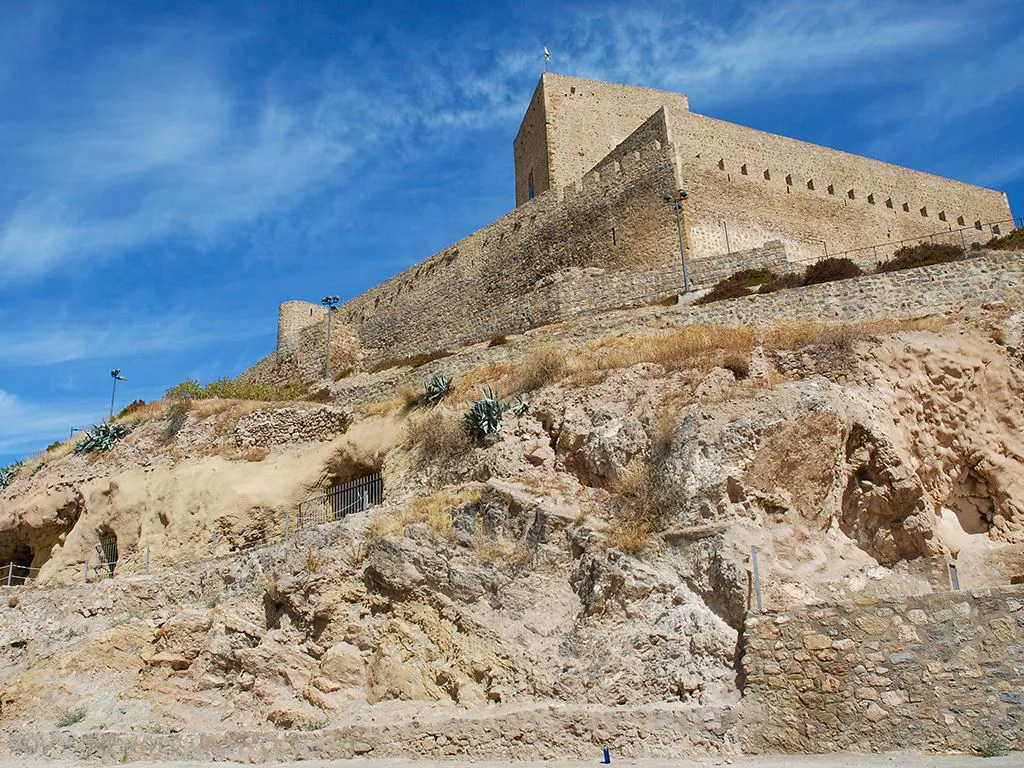
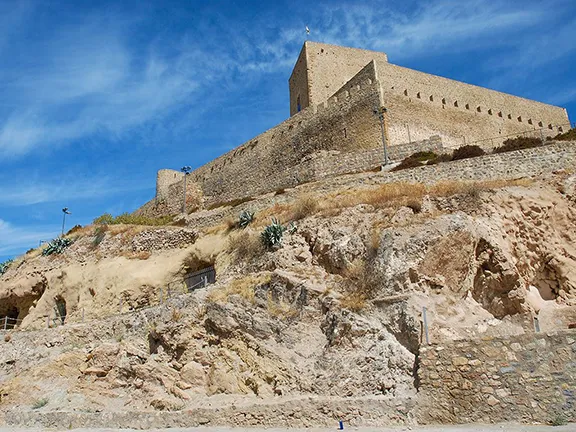
Castillo de Alcaudette
The origins of a castle at Alcaudete in Jaén province can be traced back to Iberian times. They built an oppidum, a fortified settlement, on the crest of a hill strategically located on the ancient trail from the Rio Guadalquivir to Granada. The Romans arrived and colonised the settlement. When the Muslims occupied Andalucia, they were astonished by the abundance of springs and water at the old settlement and called it al-Qabdaq, or in Spanish, Manantiales (Springs Castle).
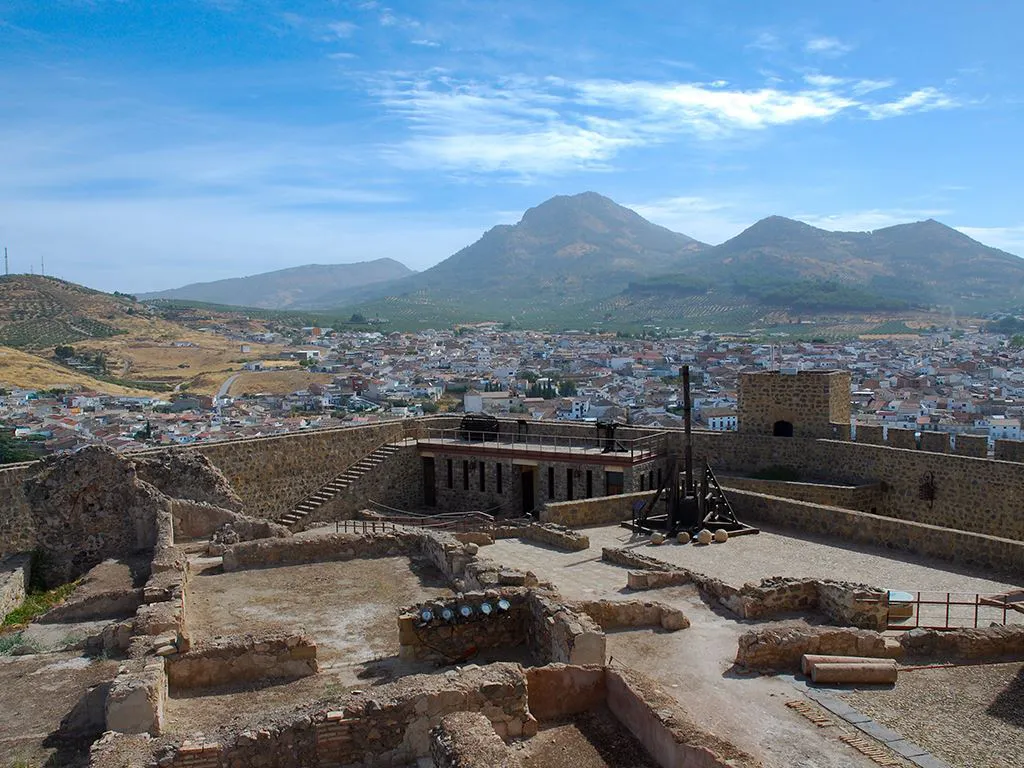
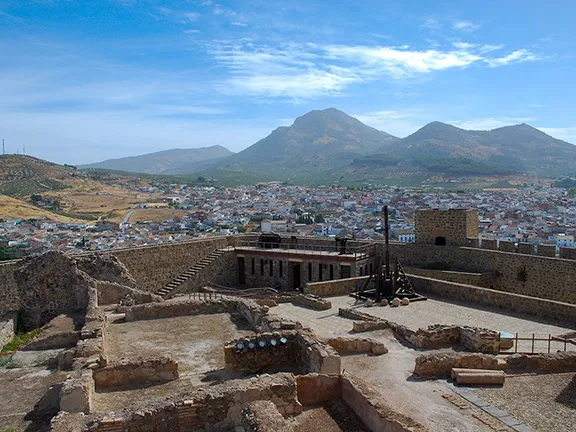
The Alcazaba
During the Caliphate period, between 929 AD and 1031 AD, the Muslims built an Alcazaba; a castle occupied by the commander, with walls surrounding a small town that included a mosque and a medina, a market. Manantiales became a notable market town.
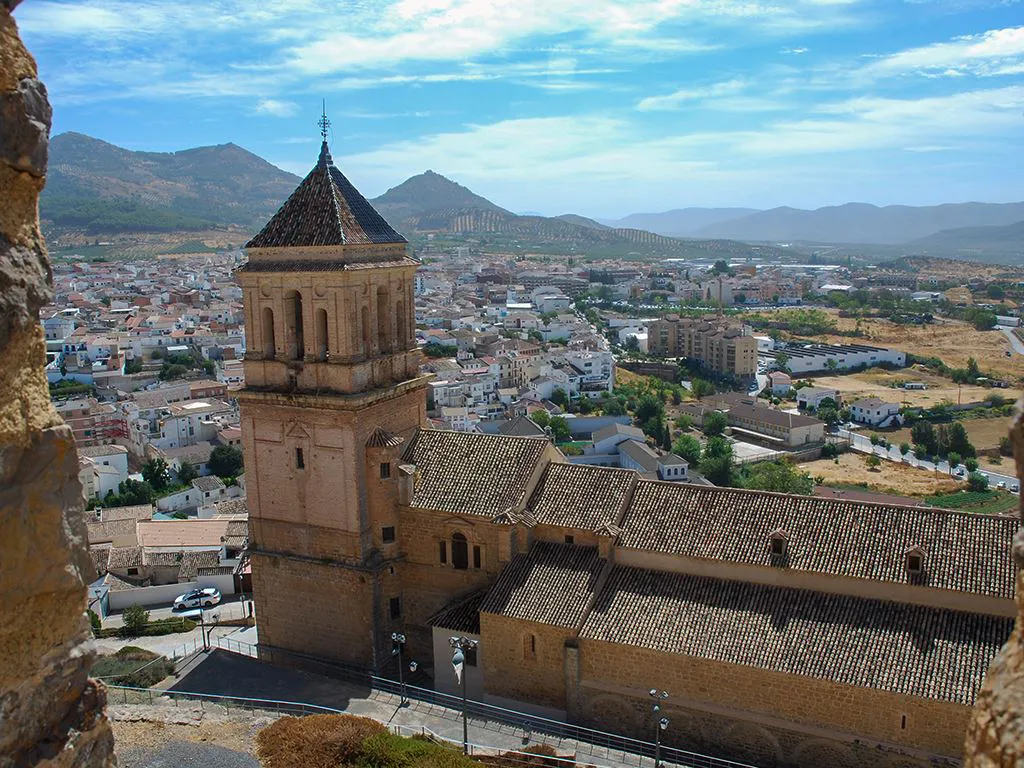
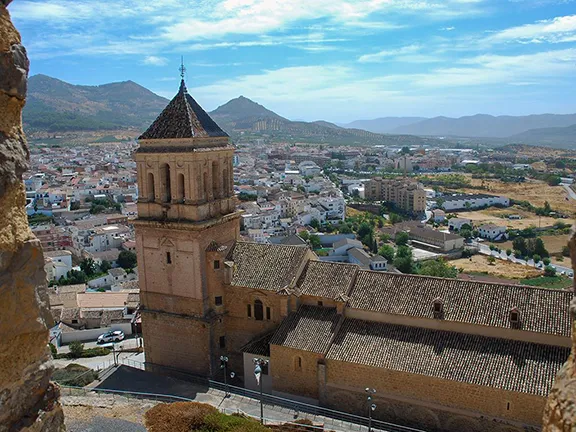
A Dominant Position
It first attracted the attention of the Christians in 1085 when, during the reign of Alfonso VI nicknamed the Brave (El Bravo) or the Valiant, King of León from 1065 to 1109, of Galicia from 1071 to 1109, and of Castile from 1072 to 1109, Christian forces took the city of Toledo and then pushed on and captured Manantiales. There is some dispute as to whether Manantiales and other towns in the area capitulated or were handed over to Alfonso after the capitulation of Toledo.
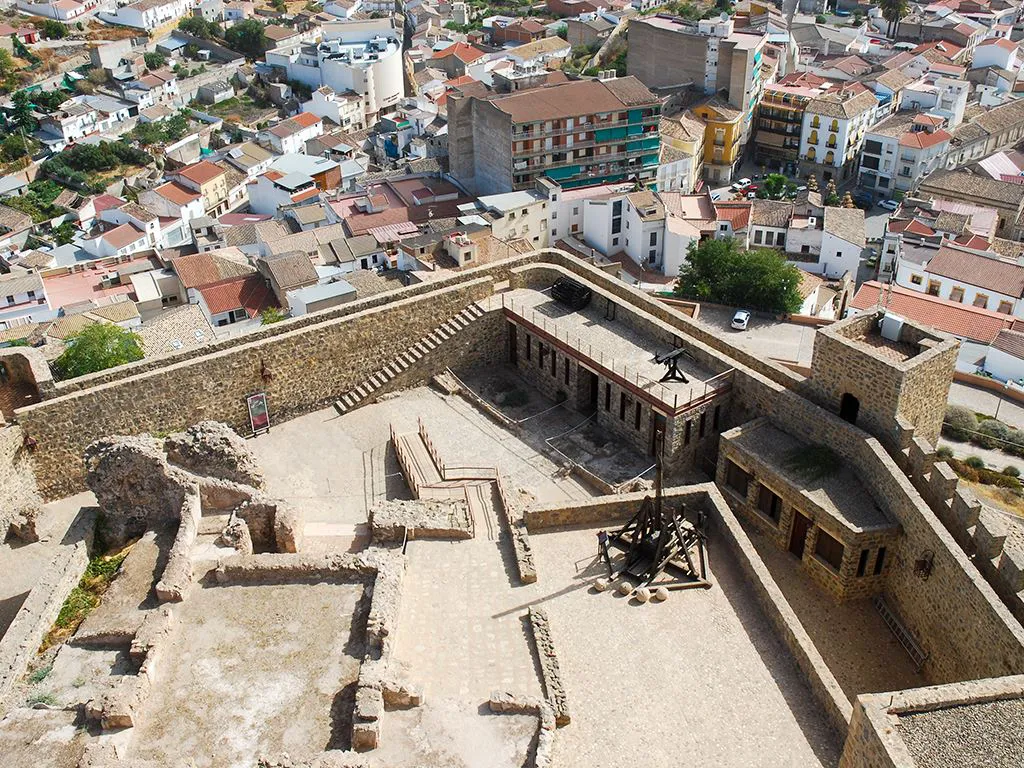
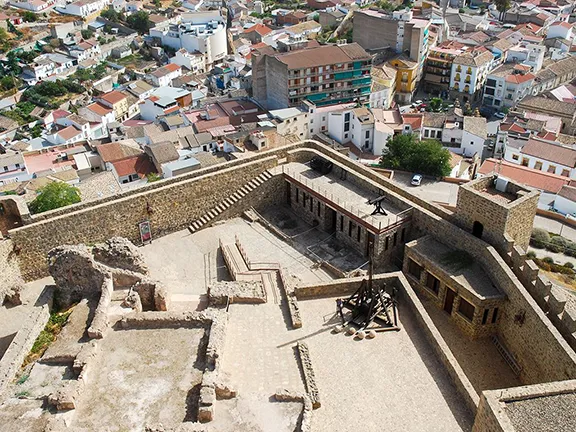
The Invulnerable Fortress
In any case, over the succeeding 400 years, Manantiales changed hands a few times. In 1246 it was again possessed by the Muslims when it was retaken by Fernando III. In 1299, Muhammad II of Granada recaptured the town, now called Alcaudete. In 1312, the Muslims lost the fortress to Ferdinand IV. In return for an annual tribute called parias, the Muslims were allowed to occupy and govern a territory that included Alcaudete. Finally in 1340 Alcaidete was taken by Alfonso XI and remained in Christian hands until the reconquest of Granada in 1492. Alfonso’s successor, Peter the Cruel, gave Alcaudete to the Order of Calatrava who immediately started a renovation programme to strengthen the fortress. When they finished the Castle of Alcaudete was considered invulnerable.
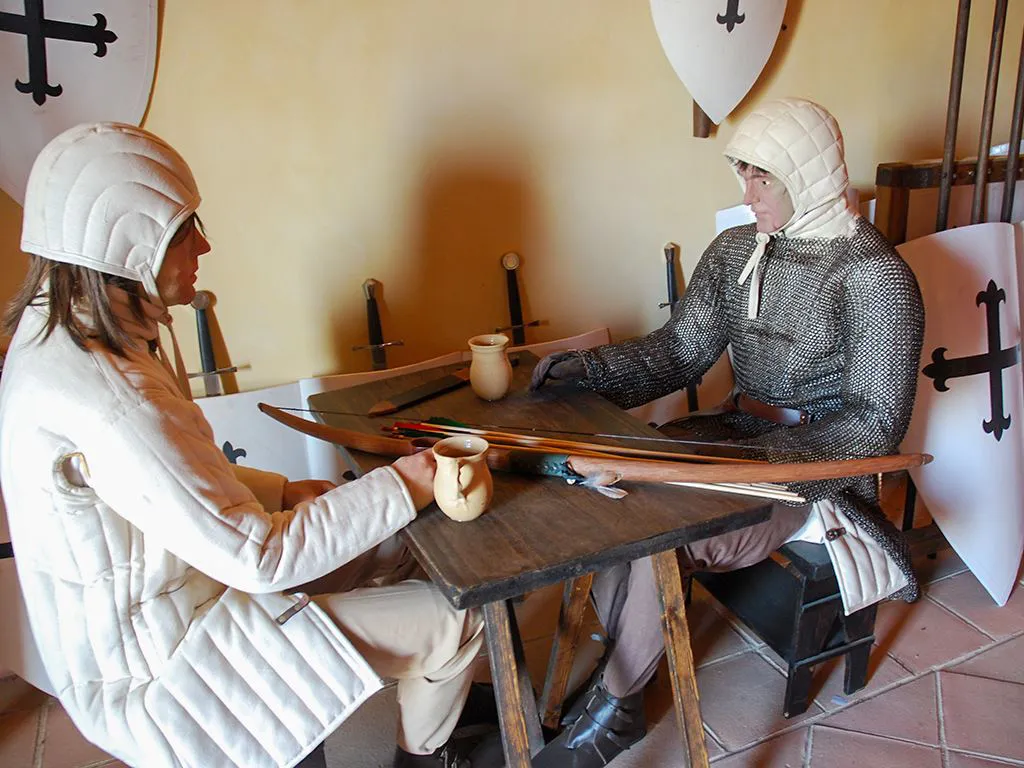
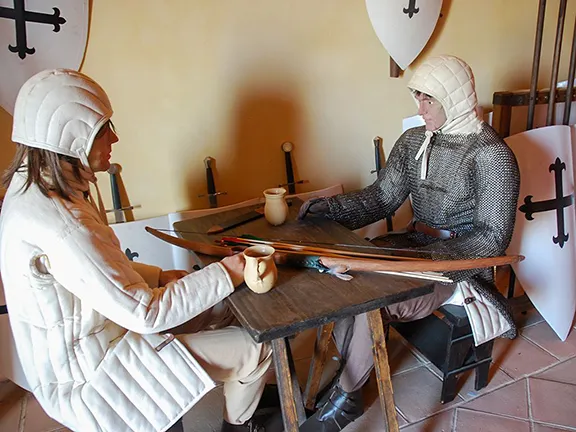
Guardhouse during the Siege of 1408
Despite its reputation, Alcaidete was considered so important that, in 1408, a Nazrid army from the Emirate of Granada sallied forth and laid siege to the fortress. The castle troops commanded by Sir Martín Alonso de Montemayor resisted and won after a hard battle. The siege inspired legends and stories and is still celebrated today by the citizens of Alcaudete during the second weekend of July.
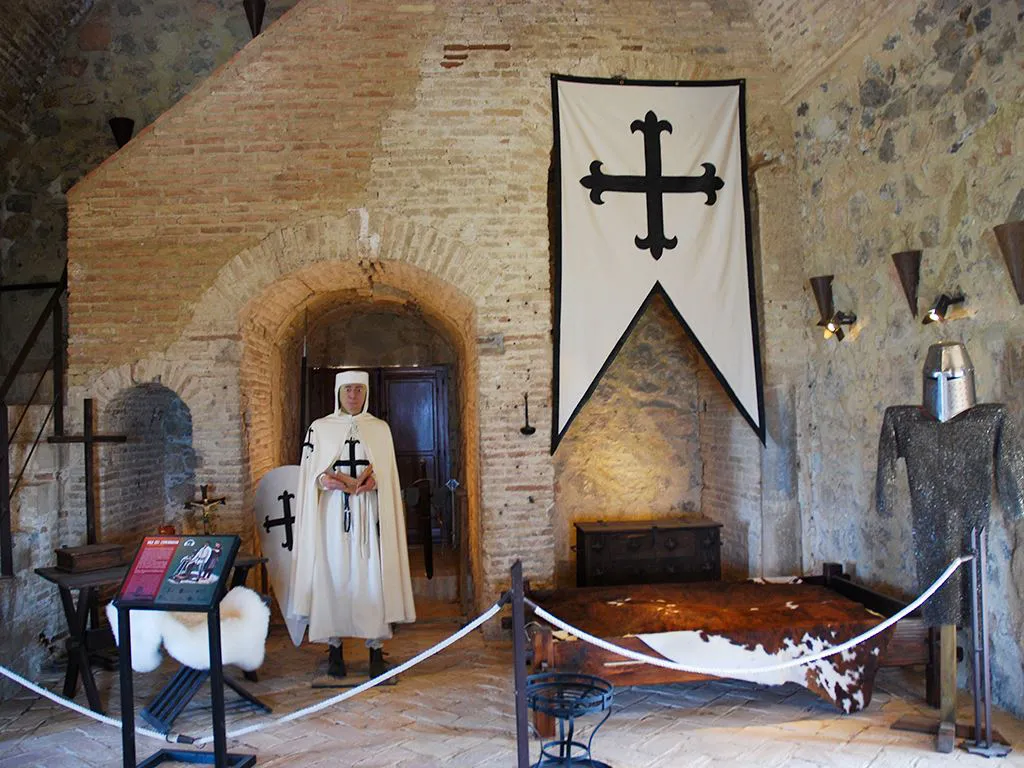
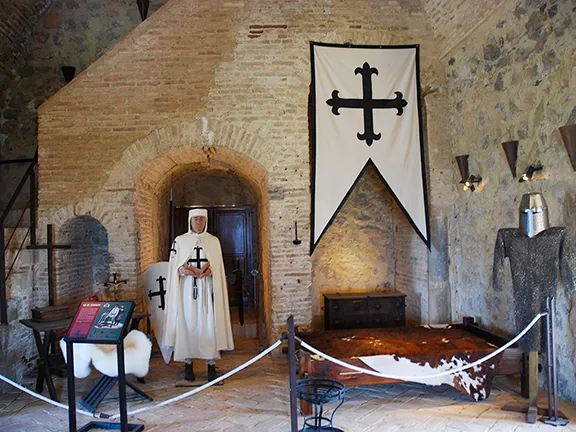
The Knight Commander's Quarters
The Calatravan Knight - Monks built the castle you see today on the foundations of the old Muslim fort. From there, they obtained supplies and sent troops out on forays into Muslim territory, returning to the fortress with their booty.
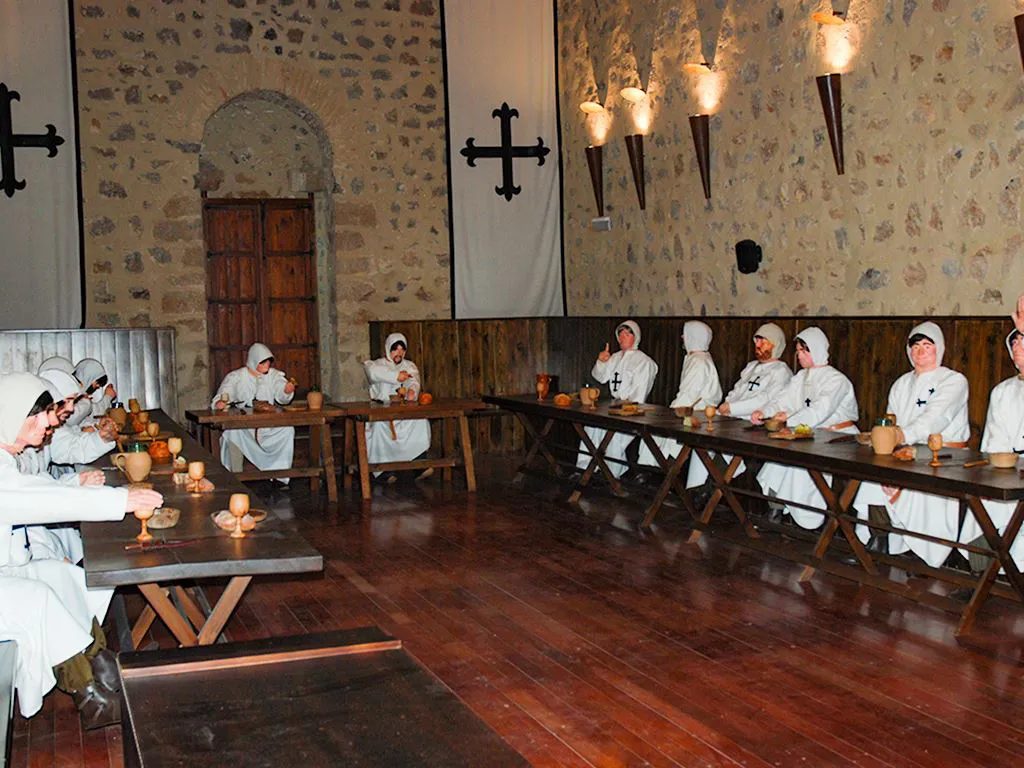
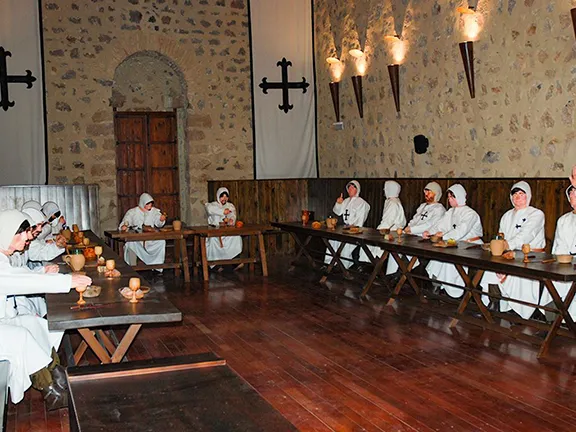
Order of Calatrava
The Order of Calatrava reinforced the defensive nature of the stronghold to make it as impregnable and inaccessible as possible. They also adapted it to the increase use of artillery by rounding off the corners of some of the towers. They used the second wall of the old Muslim fort as a curtain wall, that is, a low wall that stands in front of the main wall providing one more level of security. The curtain wall is still standing.
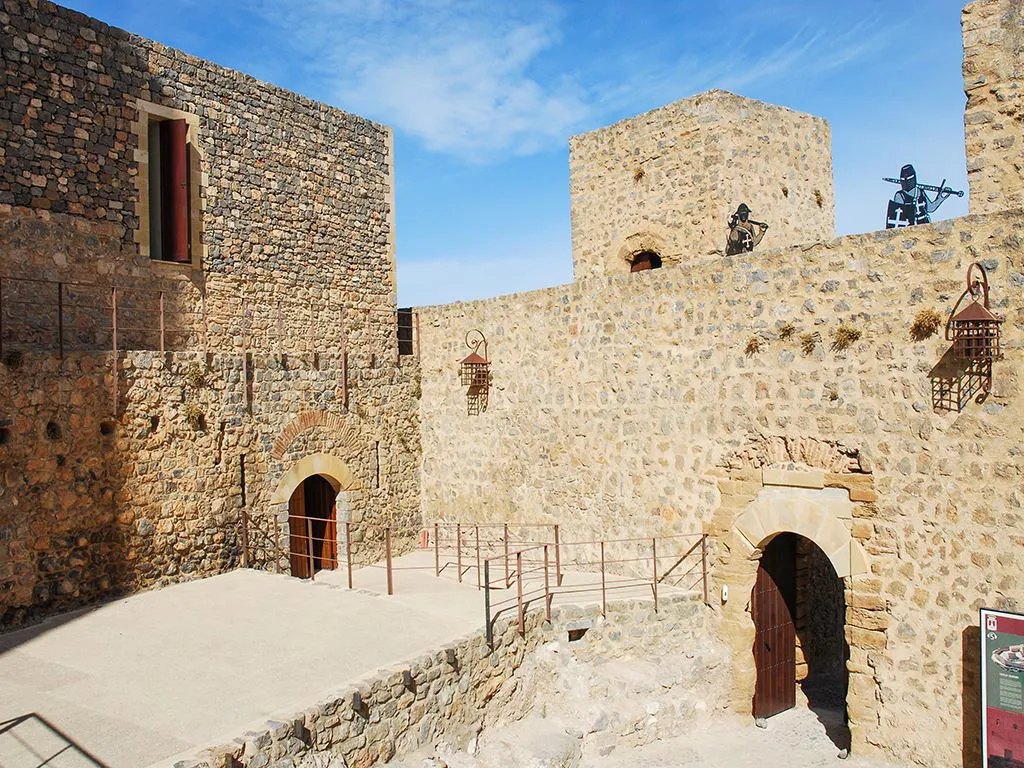
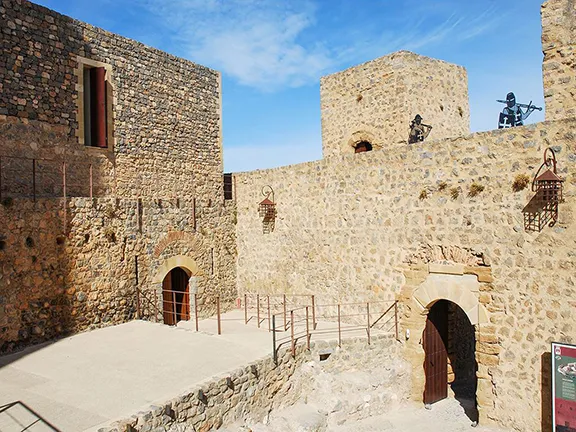
Main Gate
The knights kept two of the three gates that gave access to the fortress during the Muslim period: the main gate, in the north area, defended by two towers through which the visitor enters today; and a smaller false gate at the south end, which was also protected by the Torre del Reloj.
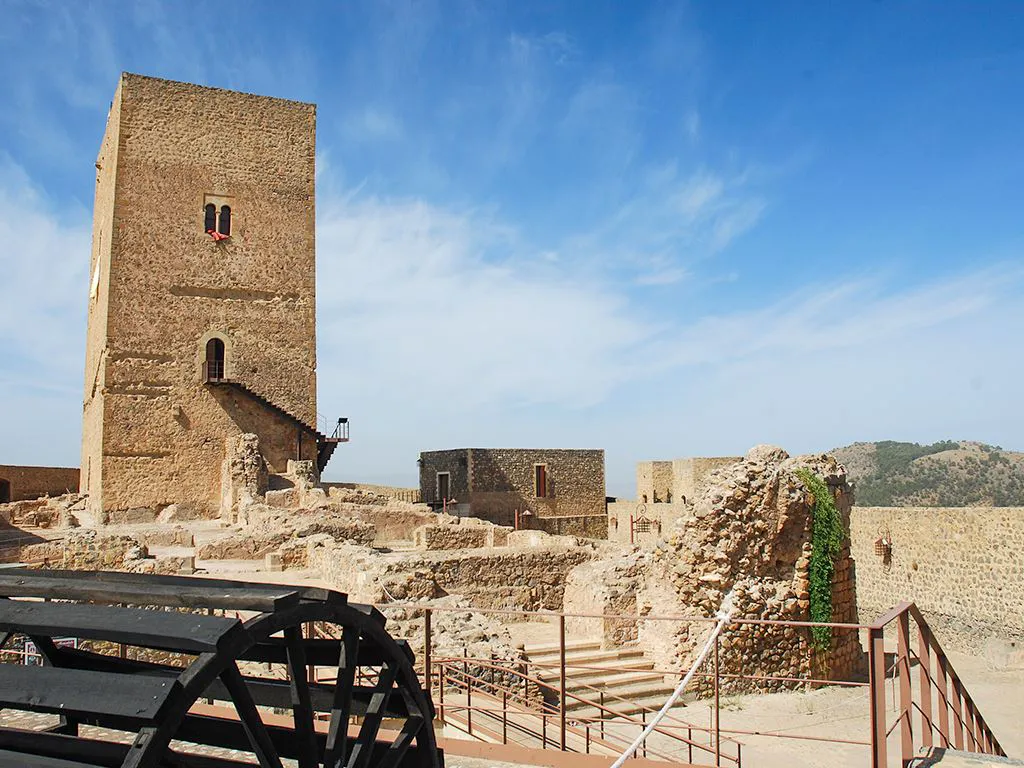
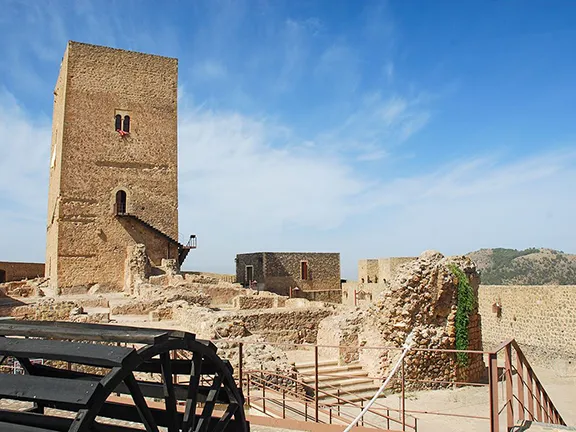
Torre del Homenage
Inside, the castle of Alcaudete looks very similar to what it looked like 800 years ago. The modern day restoration process has recovered the original appearance of most of the buildings and structures. The spectacular Torre del Homenaje is in the centre of the fortress, on the highest point of the hill. It is a symbol of the Order’s power, of impressive dimensions, 22 metres tall and with walls up to three metres thick, and practically impregnable due to its difficult access. The keep harboured the cistern and storage room for food supplies, as well as the Knight Commander’s residence on the top floor. The fortress boasts three cisterns. The guardhouse, which controlled access to the castle, was on top of the cistern closest to the main entrance and communicated directly to the battlements on top of the wall. These passageways were only used by the guard, who could use them to walk all around the perimeter of the fortress and access the six defensive towers. The Castle of Alcaudete is the only castle where this type of structure can be seen.
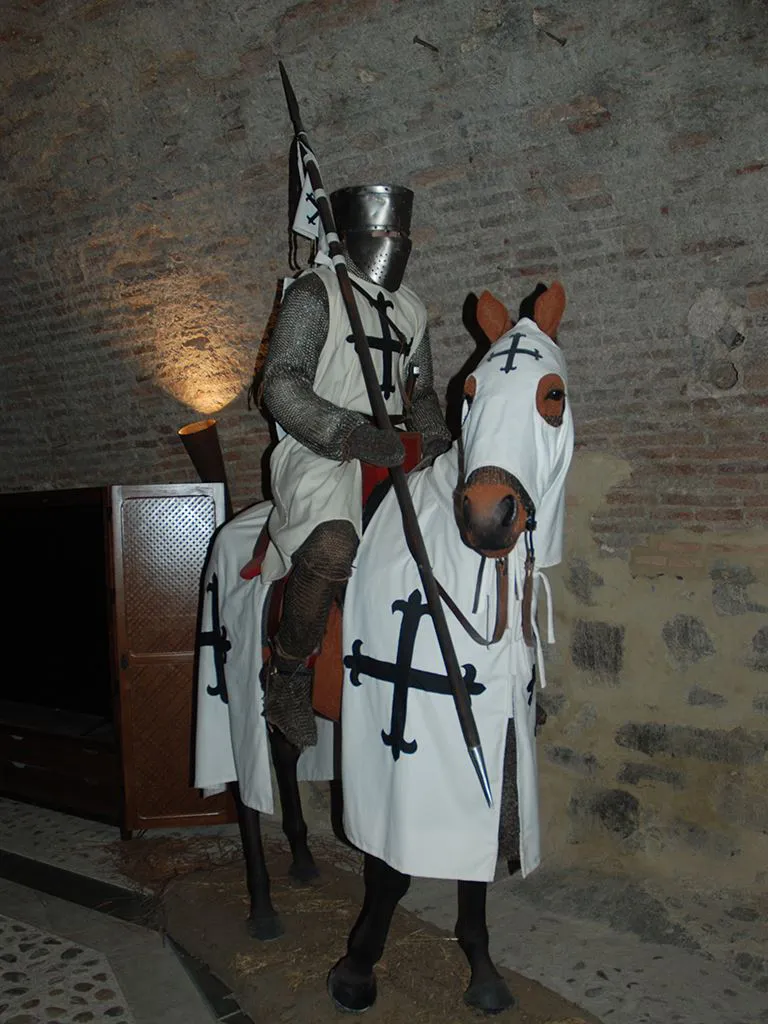
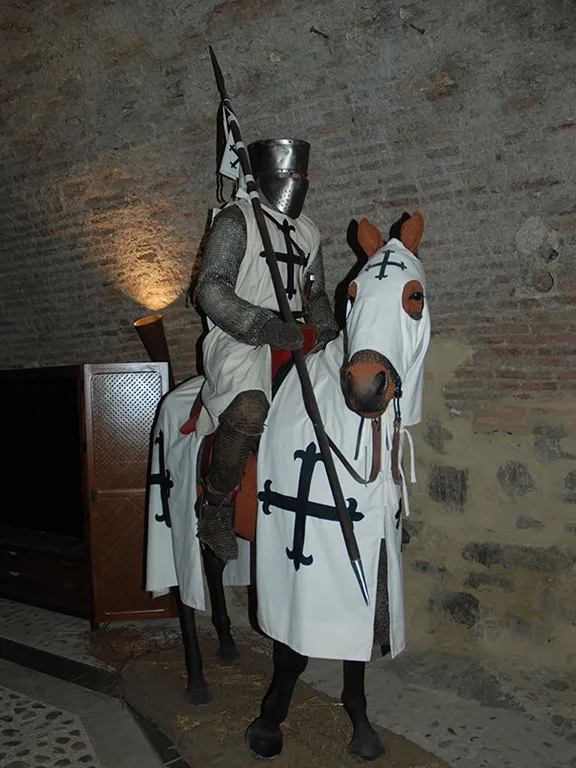
The Stables
The stables, that would also have been used for other activities such as smithy and animal stalls, and the chapterhouse or refectory, located on top of the stables, are at the south end of the walled perimeter.
The visitor to the castle of Alcaudete will also see a display of mediaeval war machines used by attackers and defenders, and the Museum of the Military Order of Calatrava.